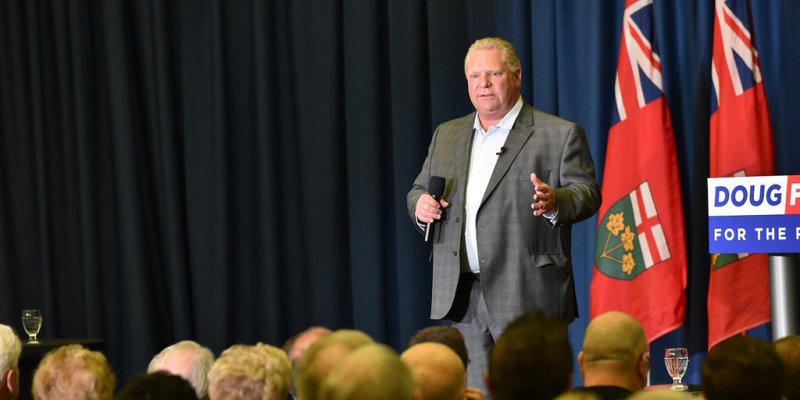Fewer elected officials—not a good way for Toronto City Hall to save money

Premier Doug Ford sparked a firestorm last week after announcing his plan to cut the number of Toronto city councillors by half to reduce the “size and cost of government.”
While Ford’s stated goal—cutting government fat—is laudable, will his plan work? For answers, let’s take a quick look at recent Ontario history.
In the 1990s, then-premier Mike Harris launched the “Common Sense Revolution,” which included the amalgamation of hundreds of Ontario municipalities including the seven municipalities that comprise today’s City of Toronto. The initiative, which reduced the number of elected officials and local governments, was meant to produce leaner, more efficient government and help save taxpayer money.
But that didn’t happen.
According to a wealth of research on municipal amalgamation in Ontario (and Toronto in particular), in the 20 years since amalgamation, government spending (per-household) on important services such as fire protection, garbage collection, and parks and recreation has increased, not decreased.
The same is true for other Ontario municipalities. A recent Fraser Institute analysis on the impacts of municipal amalgamation (which again, included reducing the number of local elected officials) in Kawartha Lakes, the Town of Essex and Haldimand-Norfolk found significant increases in property taxes, municipal staff remuneration (wages, etc.) and long-term debt. If the plan was to reduce the number of local governments and elected officials to save taxpayer money, the plan has failed.
Which brings us back to last week. The Ford government wants to cut the number of Toronto city councillors in half over four years. But councillors represent a minor fraction of city spending. According to Premier Ford, the city will save $25.5 million over four years—or approximately one-twentieth of one per cent of Toronto’s $11.12 billion annual operating budget over each of the four years.
Moreover, fewer councillors left to scrutinize Toronto’s sizeable budget (packed with many “agenda” items) will likely reduce the amount of oversight by elected officials who are directly accountable to voters. Instead, important decisions risk being left to city staff—over which voters have no direct control. Indeed, 2016 research on the role of elected officials in several British Columbia municipalities found that larger cities tend to have more high-paid municipal staff per council member than smaller municipalities.
This trend likely applies to Toronto. With salaries, wages and employee benefits representing more than half of Toronto’s expenses in 2016 (the most recent year of available data), the number of city staff (and their compensation) is probably a better place to look for efficiencies in government than the relatively minuscule expenses dedicated to democratically-elected city officials.
As a former Toronto city councilor, Premier Ford wants to improve fiscal efficiency in his hometown—and that’s understandable. However, reducing the number of seats in council—while perhaps a strong symbol—is not an effective way to achieve this goal. In fact, it may grow the size of government, consume more taxpayer money and reduce democratic accountability to boot.
We know what happened when the provincial government forced amalgamation on Toronto two decades ago. If Ontario’s new government wants to avoid those same mistakes, for the sake of taxpayers and their families, it should take a sober second look at its latest cost-cutting plan.
Author:
Subscribe to the Fraser Institute
Get the latest news from the Fraser Institute on the latest research studies, news and events.

